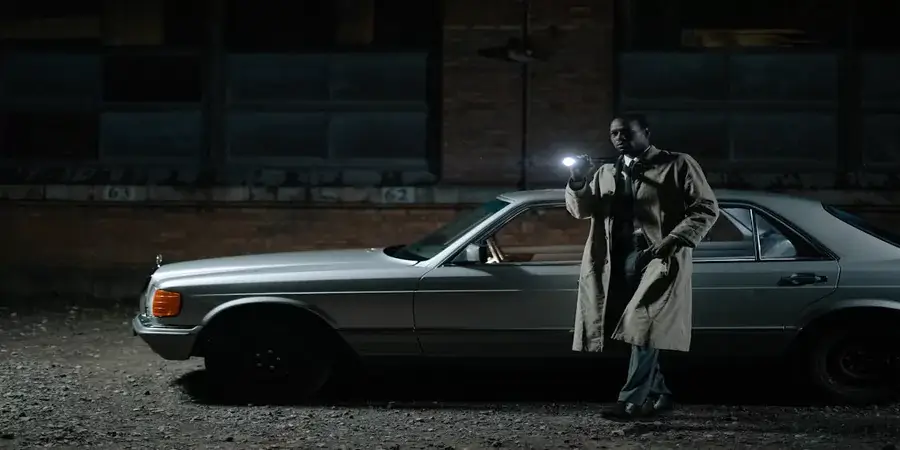The world of private investigations has always carried an air of mystery, and one of the most iconic images is that of the investigative stakeout. Long nights spent in parked vehicles, the glow of a camera viewfinder, and the quiet tension of watching without being seen—these moments form the backbone of many real-world investigations. But stakeouts are far more than just dramatic movie scenes. They’re strategic, detailed, and require patience, technology, and instinct. In today’s world, surveillance tools and techniques have evolved, but the art of the stakeout remains as essential as ever in uncovering the truth.
Understanding the Purpose Behind Stakeouts
At the core, an investigative stakeout serves one fundamental purpose: to gather evidence discreetly. Whether the goal is to monitor a potentially fraudulent workers’ compensation claim, locate a missing person, or document a subject’s daily routine, the stakeout is critical in collecting verifiable information. Unlike other forms of investigation that may rely on databases or interviews, stakeouts provide visual confirmation of actions and behaviors in real-time. This kind of observation not only validates suspicions but often reveals unexpected details that can change the direction of an investigation entirely.
Planning is Everything in Surveillance. A thorough pre-stakeout plan must be developed before the operative sets foot near the target location. This includes determining the subject’s known habits, typical movements, and daily schedule. Investigators often conduct dry runs to understand the area’s layout, identify the best vantage points, and evaluate lighting, traffic, and neighborhood activity. Without proper planning, a stakeout can quickly fall apart. Poor timing, lack of concealment, or insufficient equipment can compromise the entire mission and potentially alert the subject.
The Role of Technology in Modern Stakeouts
Gone are the days when a pair of binoculars and a notebook were all an investigator needed. In modern surveillance, technology plays a pivotal role. Hidden cameras, GPS trackers (where legally permissible), audio devices, and night vision cameras have transformed how stakeouts are conducted. These tools allow investigators to gather high-quality footage without being physically close to the target, reducing the risk of detection. Additionally, many professionals use encrypted communication apps and cloud-based storage to secure their findings and maintain confidentiality.
Mastering the Art of Blending In
One of the most challenging aspects of a stakeout is remaining invisible. Investigators must naturally blend into the environment, whether posing as utility workers, parking in an unassuming vehicle, or acting as pedestrians in a crowded area. The goal is to avoid raising suspicion while keeping eyes on the subject. Wearing the right clothing, avoiding repetitive behaviors, and changing stakeout positions periodically can make all the difference between a successful operation and one that gets burned.
The Mental Game of Waiting
Stakeouts are rarely action-packed. Most involve hours of inactivity, followed by brief moments of intense observation. This mental rollercoaster can be taxing. Investigators must maintain a sharp focus for extended periods, often in uncomfortable conditions. Fatigue, boredom, and environmental challenges are common. That’s why mental discipline and preparedness are as important as technical know-how. Experienced investigators often employ meditation, focused breathing, and cognitive exercises to stay alert and minimize distraction.
Documenting Evidence Without Compromise
During the stakeout, every detail counts. Professionals are trained to document events meticulously, noting the time, location, and context of every significant action. Photos and videos are often timestamped, and logs are kept for every shift or environmental change. This information may be used in legal proceedings or shared with clients who need proof for civil or criminal cases. The integrity of this documentation can mean the difference between a solid case and one that falls apart in court.
Legal and Ethical Boundaries of Surveillance
While stakeouts are powerful, they must be conducted within strict legal and ethical boundaries. Laws around privacy, recording, and trespassing vary by state and country. A professional investigator must know what is permissible and where the line is drawn. Failing to follow these rules can ruin an investigation and expose the investigator and client to lawsuits or criminal charges. Ethical surveillance respects the rights of individuals while still delivering accurate, compelling evidence.
When Stakeouts Go Wrong
Even the best-planned stakeout can run into trouble. Sometimes the subject becomes suspicious. Other times, environmental factors like weather or unexpected crowds interfere with visibility. In some cases, aggressive reactions from the subject can turn a passive operation into a high-stakes scenario. That’s why contingency planning is vital. A good investigator always has a backup plan, alternative vantage points, and a communication strategy if things go sideways. Knowing when to pull back or abandon the operation is a skill that comes with experience.
Real-Life Applications of Stakeout Investigations
Stakeouts aren’t limited to cheating spouses or insurance fraud. They’re used in corporate espionage investigations, missing person cases, stalking prevention, and even by journalists and documentary filmmakers. They offer a firsthand look into otherwise hidden activities, giving clients actionable intelligence they couldn’t acquire any other way. The flexibility and effectiveness of stakeouts make them one of the most powerful tools in the investigator’s arsenal.
Choosing the Right Investigator for the Job
Not all stakeouts are created equal, and neither are the professionals who conduct them. You should hire someone licensed and experienced who understands the nuances of surveillance strategy, legal compliance, and evidence integrity. A well-executed stakeout can provide definitive answers and peace of mind, while a poorly handled one can create more questions than it resolves. Always check credentials, ask for case experience, and make sure the investigator has the right tools and mindset for your specific needs.
The art of the investigative stakeout plays a vital role in modern investigations, combining time-tested techniques with cutting-edge technology to uncover the truth when it matters most. From silent observation to meticulous documentation, every element of a successful stakeout is driven by precision, patience, and professionalism. When handled by skilled investigators, this method can produce powerful evidence that makes a real impact. If you’re seeking trusted surveillance services rooted in experience and discretion, visit lawservepro.com to connect with experts who understand what it takes to get results.













